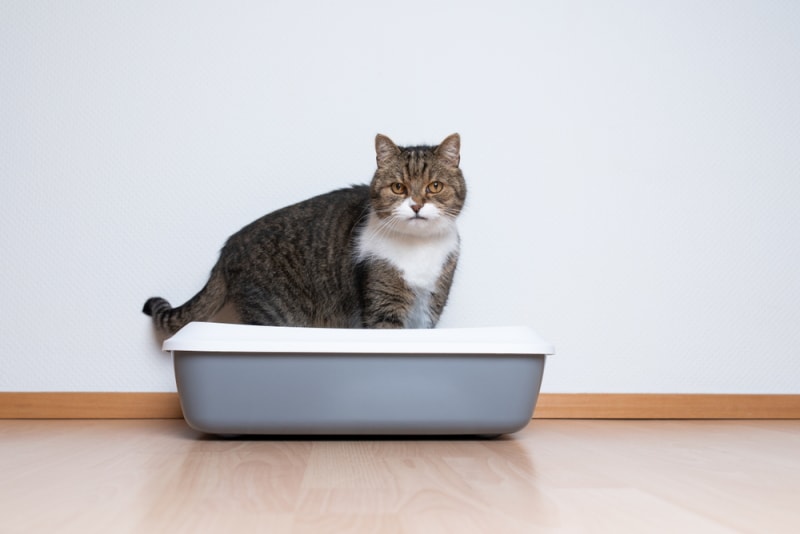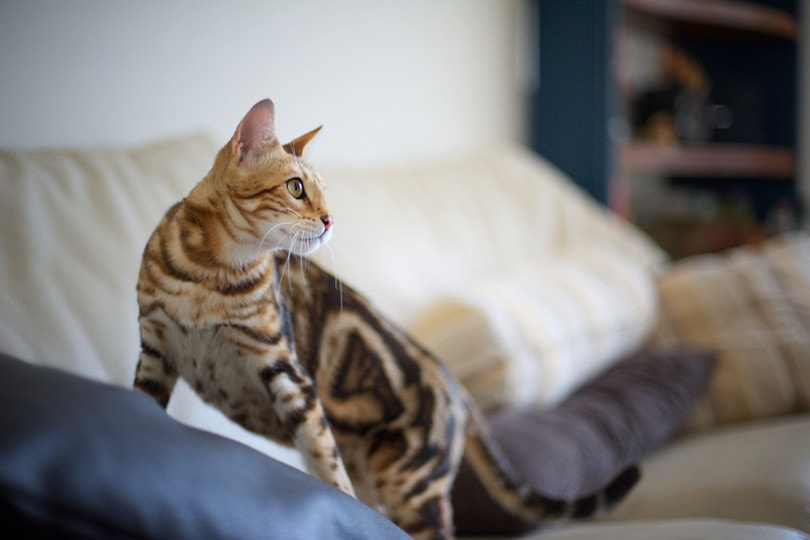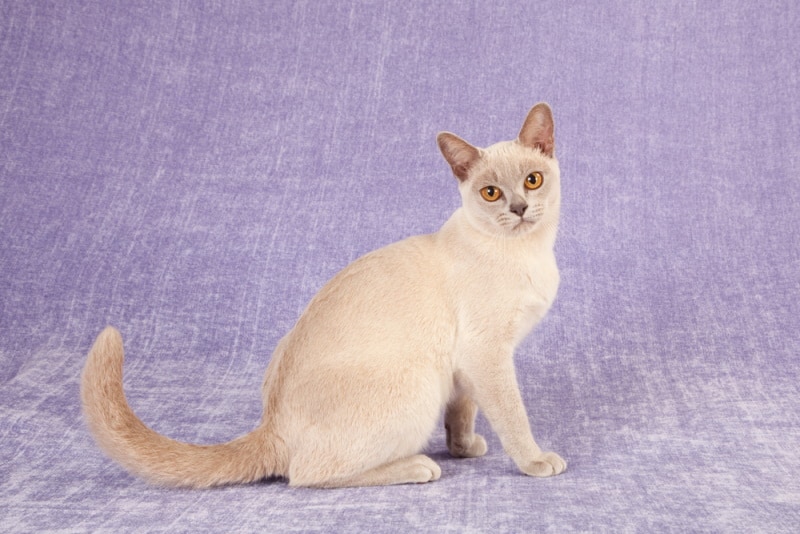Silver Persian Cats: Facts, Origin & History
Updated on
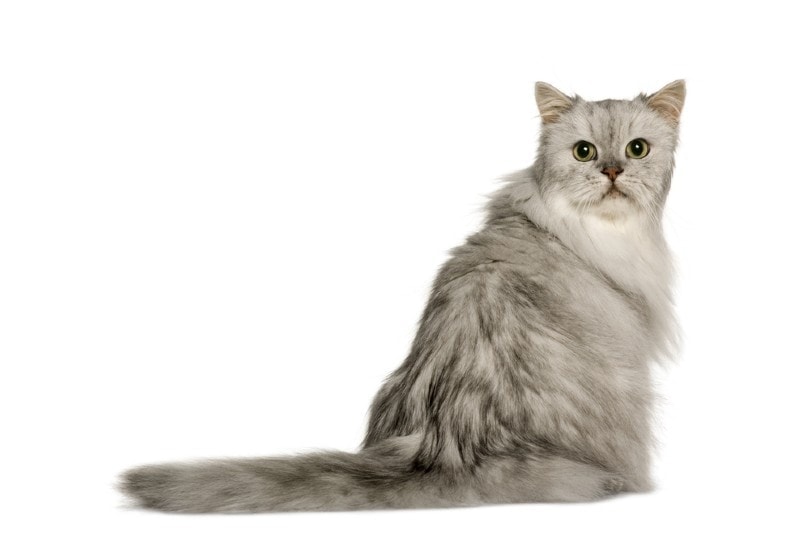
Click to Skip Ahead
The elegant and noble Persian cat has long been considered one of the most sophisticated breeds. Given their grace and beauty, it’s not hard to see why they’re quite popular. Over the years, the Persians developed an assortment of coat colors. Of those, the silver Persian is the most prized.
Silver Persians are immaculate, and their regal bearing never fails to command attention. No wonder these cats are so beloved. However, being beloved isn’t the same as being understood. In this guide, we’ll reveal more interesting facts about the Silver Persian, as well as dispel a few myths along the way.
The Earliest Records of Silver Persian Cats in History
The Persian is thought to have originated in Iran, but there are not any documents that prove they were there. In fact, attempts to trace the breed’s ancestry usually led to Western Europe rather than the Middle East.
The first documented Persian cat was introduced in England and featured at a cat show in the late 19th century. However, they existed before that time, but it’s unclear when. There aren’t many records of the breed or their ancestors. While the Persian has existed since at least 1871, it would take nearly 12 years before the first silver Persian appeared on the scene.
The earliest known documentation of a silver Persian comes from England in 1882. A cat named “Chinnie” is thought to be the first known silver Persian, and while we don’t have any photographic evidence of her beauty, there are pictures of her silver grandchildren out there.
One of those grandchildren, a male named “Silver Lambkin,” is often thought of as the father of the breed. In fact, many prestigious silver pedigrees in existence today trace their lineage right back to Silver Lambkin.
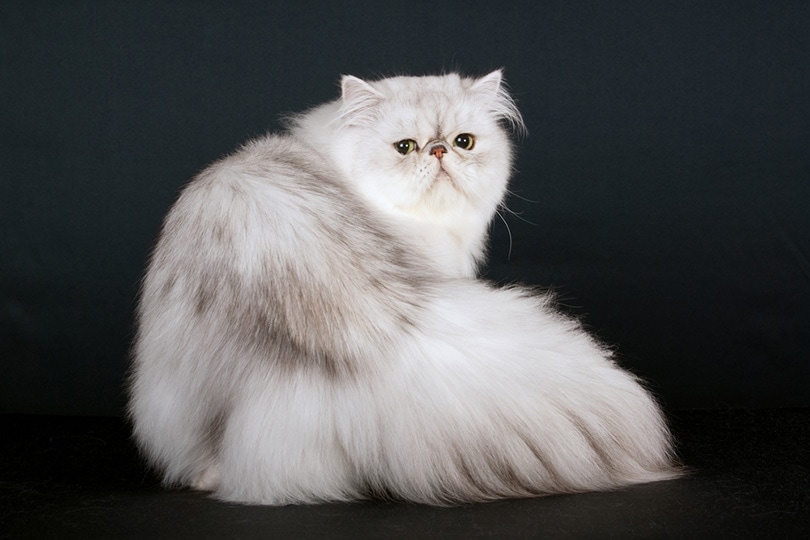
How Silver Persian Cats Gained Popularity
There are few records or documents about these cats before 1906, so it’s difficult to give an authoritative answer about their origins. However, most experts believe that silver Persians were among the first types of the breed. If that’s the case, it’s likely that they enjoyed considerable popularity ever since the dawn of the breed.
Today, silvers are one of the most prized Persian colors, partly because breeding them is so difficult. That doesn’t lessen the demand for them, but it does drive up their price (especially if they can prove that they’re related to Silver Lambkin).
Formal Recognition of Silver Persian Cats
Persians weren’t officially recognized as a breed until 1906 when the Cat Fanciers’ Organization was formed and acknowledged them and a host of other breeds. Silver was one of the few colors recognized at this time, so they’ve been legitimate for as long as the breed has.
However, some organizations have been less enthusiastic about recognizing the breed. Persians were often lumped in with other breeds under the umbrella term “longhair cat,” and it took years before cat associations considered them different than the Angora.
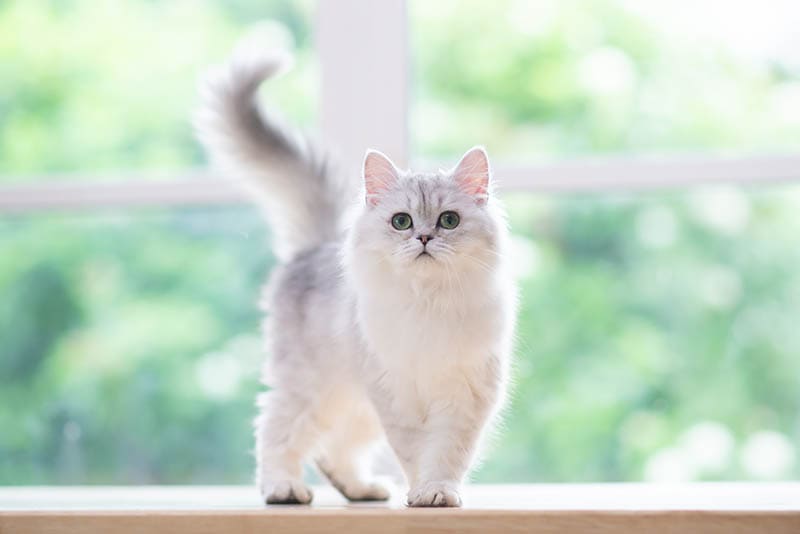
Top 3 Unique Facts About Silver Persian Cats
1. Silver Enthusiasts Swear That They’re More Active Than Persians of Other Colors
In most breeds, you don’t see personality differences between cats of different colors. However, according to those who own silver Persians, they are supposedly much more active Persians with other colors.
They also tend to have lower birth rates, mature earlier than other colors, and may end up smaller when fully grown.
2. These Cats Once Had a Reputation for Being Moody
For much of their history, silver Persians were known for being almost impossible to handle. That may have been part of their appeal—the strikingly beautiful cat that could only be looked at, not touched.
Nowadays, that problematic behavior has primarily been bred out of them, and silver Persians are just as affectionate as any other color.
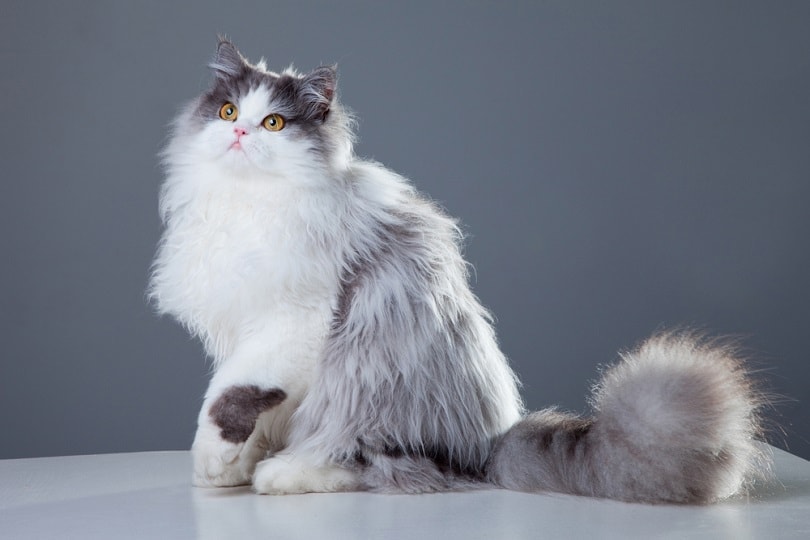
3. They Sprouted an Offshoot Color: Golden Persians
Many silver Persian breeders occasionally found a darker kitten in their litters. These cats, nicknamed “brownies,” were rehomed as pets because they weren’t considered suitable for showing. The brown color is due to a recessive gene in silver Persians.
By the 1960s, however, some breeders began to breed brownies on purpose. They were soon successful, and the resulting golden-colored cats became almost as prized as their silver forebears.
Do Silver Persian Cats Make Good Pets?
Silver Persians make excellent pets. They’re affectionate, loyal, and incredibly intelligent. Although most Persians are known for being laidback and relaxed, silver Persians are much more energetic. You’ll have to give them more exercise and mental stimulation than you would Persians of another color.
They’re equally likely to suffer from specific health issues as other-colored Persians, so don’t expect them to be cheaper or more expensive in terms of vet bills. Like all Persians, they require quite a bit of grooming, but it’s relatively painless. They enjoy getting brushed and bathed, so you won’t walk away with scratches every time you pull out a brush or turn on the faucet.
Conclusion
If you want a cat that’s the picture of grace and beauty, you won’t find an animal more elegant than the silver Persian. These fluffy felines are as loving as they are gorgeous. There are plenty of other-colored Persians, and they’d all make fine pets. If you want the cream of the crop, no other Persian can match the beauty of the silver Persian.
Looking for more types of Persian? We’ve detailed Doll Face, White, and Chinchilla Persians in our guides!
Featured Image Credit: Eric Isselee, Shutterstock
